Remainder Riddles: How to Decipher Division with One-digit Divisors
When dividing numbers, especially in real-world scenarios, we often encounter situations where the division isn't exact. The number left over, which doesn't fit into the divisor, is called the remainder. Let's explore how to divide by one-digit numbers and deduce the remainder.

Dividing by One-digit Numbers and Deducing Remainders
Example 1:
Liam has \(29\) candies. He wants to share them equally among his \(5\) friends, including himself. How many candies will each friend get, and how many will remain?
Solution Process:
Divide the total number of candies by the number of friends: \(29 \div 5 = 5\) with a remainder of \(4\).
Answer:
Each friend will get \(5\) candies, and \(4\) candies will remain.
The Absolute Best Book for 5th Grade Students
Example 2:
A bakery has \(43\) cookies and wants to pack them in boxes of \(6\). How many full boxes will they have, and how many cookies will be left?
Solution Process:
Divide the total number of cookies by the number in each box: \(43 \div 6 = 7\) with a remainder of \(1\).
Answer:
They will have \(7\) full boxes, and \(1\) cookie will be left.
Understanding remainders is crucial when dividing numbers, especially in real-world scenarios where exact division isn’t always possible. By dividing and then determining the remainder, you can make informed decisions and understand the distribution of items better. Practice regularly to become adept at deducing remainders swiftly and accurately!
Practice Questions:
1. A factory produces \(58\) toys and wants to pack them in boxes of \(7\). How many full boxes will they have, and how many toys will be left?
2. There are \(65\) students in a school who need to be divided into teams of \(8\). How many full teams will there be, and how many students will not be in a full team?
3. A charity received \(49\) donations and wants to organize them in piles of \(5\). How many full piles will they have, and how many donations will be left?
4. A library has \(37\) books and wants to distribute them equally among \(4\) tables. How many books will each table get, and how many books will be left?
5. A farmer harvested \(83\) potatoes and wants to sell them in bags of \(9\). How many full bags will he prepare, and how many potatoes will be left?
A Perfect Book for Grade 5 Math Word Problems!
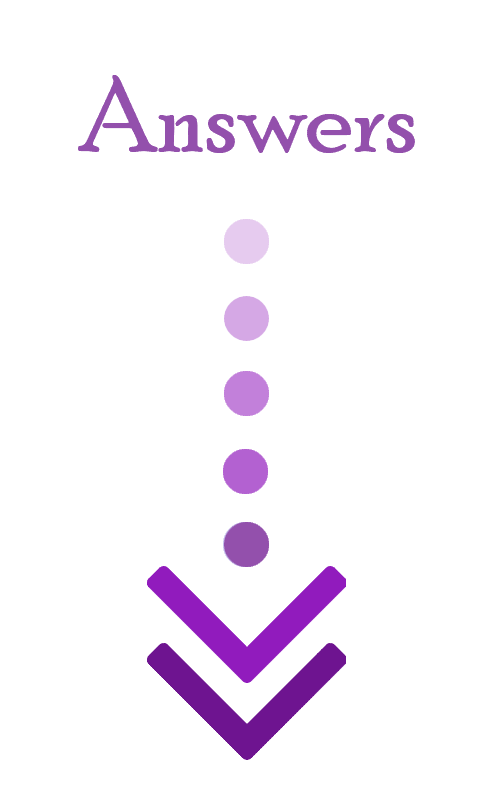
Answers:
1. \(8\) full boxes, \(2\) toys left
2. \(8\) full teams, \(1\) student left
3. \(9\) full piles, \(4\) donations left
4. \(9\) books per table, \(1\) book left
5. \(9\) full bags, \(2\) potatoes left
The Best Math Books for Elementary Students
Related to This Article
More math articles
- Exploring Line and Rotational Symmetry
- Top 10 Tips to Create a HiSET Math Study Plan
- 3rd Grade AZMerit Math Worksheets: FREE & Printable
- The Ultimate SSAT Middle Level Math Formula Cheat Sheet
- The Ultimate ISEE Upper Level Math Formula Cheat Sheet
- How is the FTCE General Knowledge Test Scored?
- How to Write an Exponential Function: Word Problems
- 5th Grade PARCC Math Practice Test Questions
- Line Plot
- Mastering the Midpoint & Distance on the Number Line
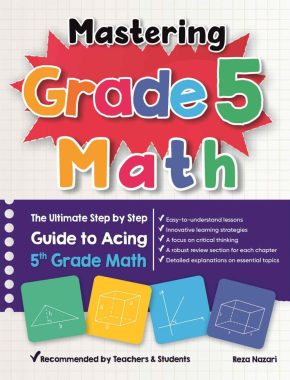
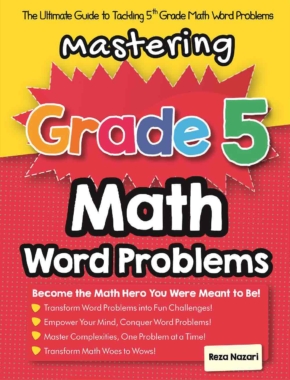
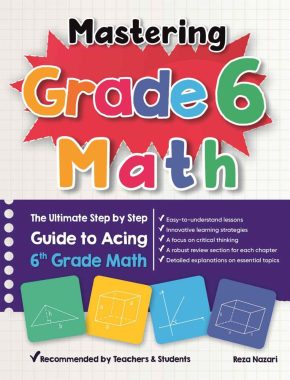
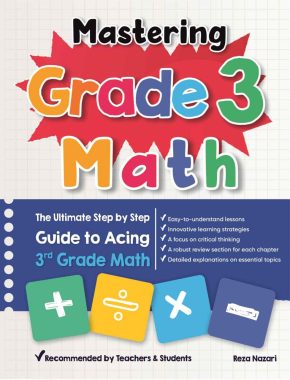
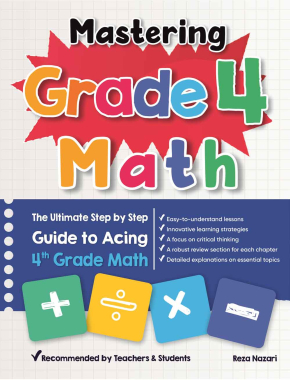
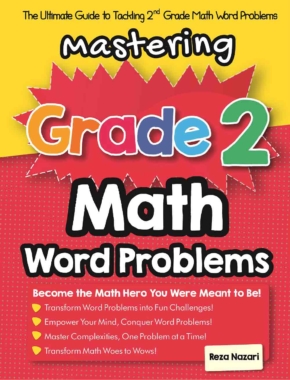
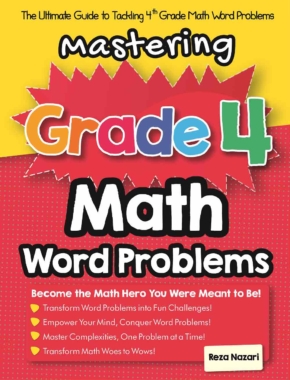
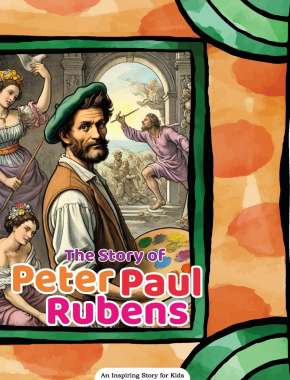

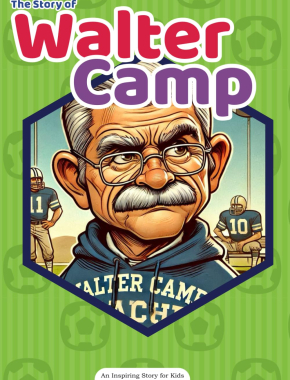


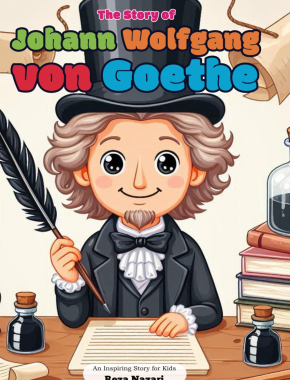

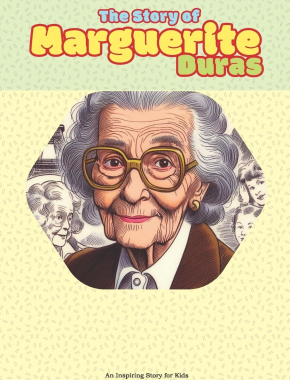










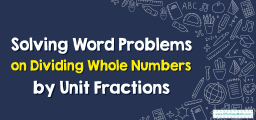
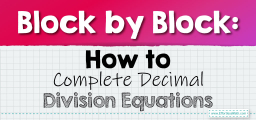





What people say about "Remainder Riddles: How to Decipher Division with One-digit Divisors - Effortless Math: We Help Students Learn to LOVE Mathematics"?
No one replied yet.